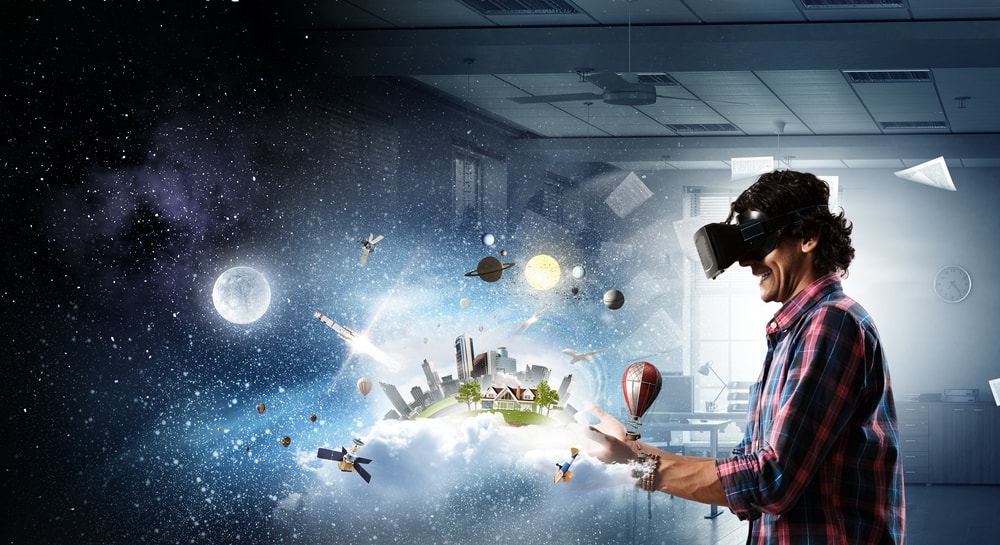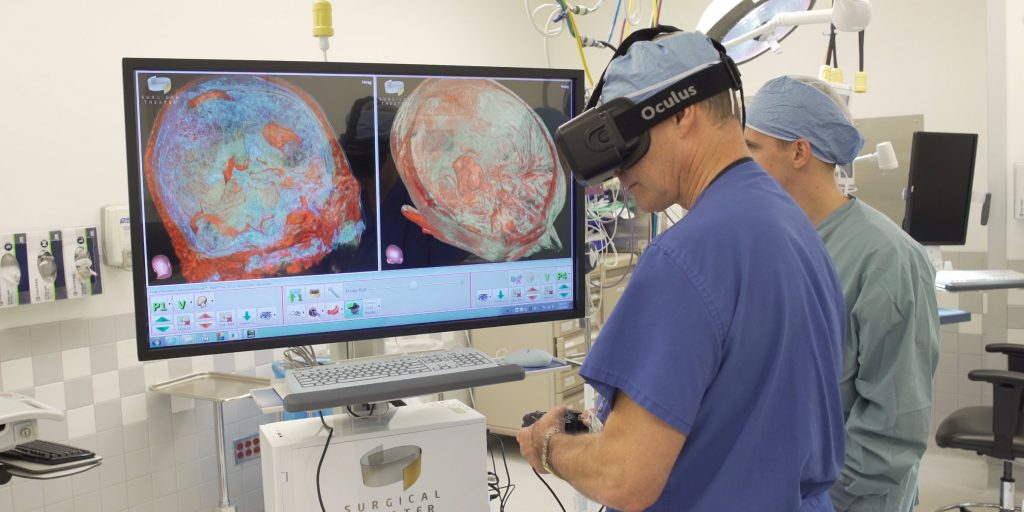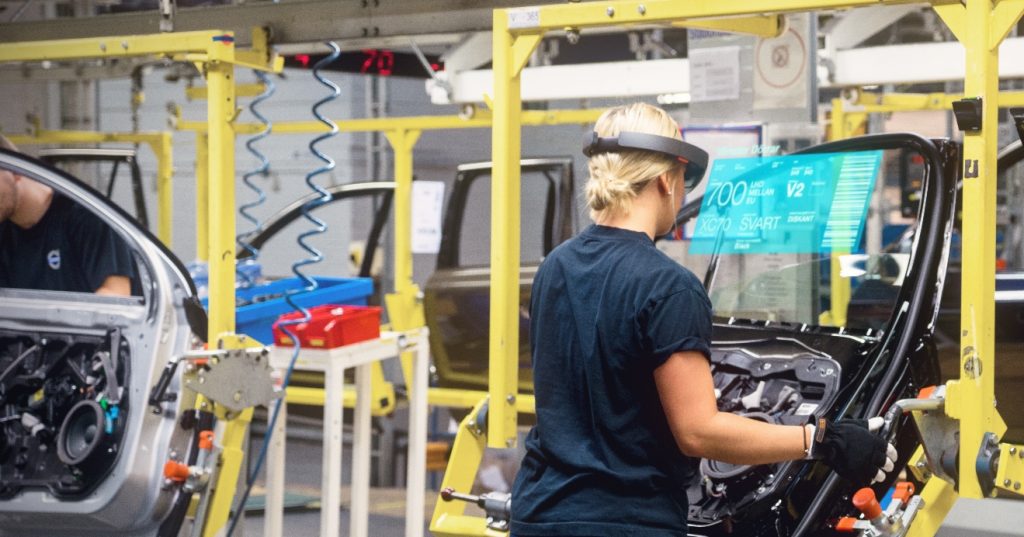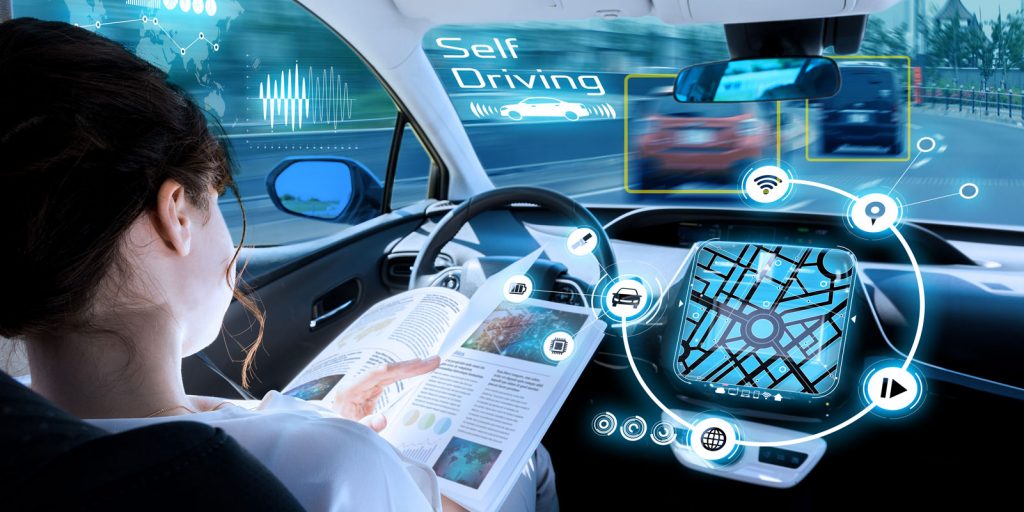
7 incredible uses for VR and AR. Revolutionary Innovative Technologies.
7 INCREDIBLE USES FOR VR AND AR: INNOVATIVE TECHNOLOGIES WITH REVOLUTIONARY APPLICATIONS TO MAKE THE WORLD A BETTER PLACE.

AR and VR technologies are already changing the world in some truly wonderful ways
The various innovative startups around the world are changing the world scene through virtual reality and augmented with some new developments that improve everyday life from day to day.
It is well known that virtual and augmented reality are two of the fastest growing sectors in technology. While big brands seek ways to incorporate virtual reality into their daily offerings, small start-ups continue to make real progress that can change people’s lives and make the world a better place.
Let’s take a look at seven innovative virtual and augmented reality technologies that can help people overcome fears and disabilities, identify medical problems and even send children to hike on virtual worlds or “visit” an ancient archaeological structure by recreating it virtually.
-
SEE BEFORE PURCHASING THE POSITIONING OF THE PRODUCT IN YOUR HOME AMBIANT THROUGH THE INCREASED REALITY
One of the best everyday uses of AR technology currently in use, can be understood through the virtual placement of products before their purchase. Many companies, such as Amazon and its AR View technology, allow you to place products in your home in virtual visions even before they are purchased.
Just take your smartphone or tablet, select the product you are thinking of buying from the store, then hold the viewfinder of the app to the area of the house where you intend to put it, for example a corner of the living room for a new TV or a library for a Bluetooth speaker and you can enter a small virtual version of it.
From there, the product can be manipulated, rotated and repositioned as desired, before being fixed in place for viewing it from different angles. It’s an ingenious way to see how a product will appear in your home.
-
PUBLIC SPEAKING VR SIMULATORS
Glossophobia, the fear of public speaking, remains one of the most common phobias in the world. Some smartphone apps through virtual reality allow people to conquer their fears and practice speaking in front of others. These APPs allow you to produce interesting results, allowing users to try out different simulated situations.
-
TRAINING IN THE MEDICAL FIELD

In the medical field where new doctors and surgeons must have years of training to be able to make the right decision at the time of the patient’s crisis. What’s better than an engaging practice that is represented just like in real life? This is the thinking behind many companies that are developing applications and content that harness the power of Virtual and Augmented Reality to create training simulations for physicians and trainee surgeons, allowing them to enter a virtual operating room and follow the procedures step by step. step by going to discover disciplines and expert techniques.
Immersive VR and AR is a great way to learn how to control stress and decide quickly. There are already on the market several platforms open to healthcare professionals and institutions to share clinical cases aiming to improve the training in the medical sector making it more immersive, realistic and collaborative.
-
INDIVIDUATION OF TUMORS
A new virtual reality app has recently been developed to help clinicians detect hard-to-see cancers in the human bladder. These VR cystoscopes help urologists detect changes in light through a technology called narrow band imaging (NBI). This virtual reality experience, developed by Olympus, allows urologists to enter a human bladder, activate the NBI and identify cancerous lesions that may not have been detected by any technology on the market.
-
TRAINING OF EMPLOYEES

Outside the fields of science and technology, virtual reality is making its way into the world of work through employee training. A virtual reality company based in San Francisco, is already collaborating with customers like Chipotle, Fidelity, BMW and Walmart to train new employees with a virtual reality headset program that does everything from viewing job site layouts to help of trainees directly at the workplace.
A revolution is coming in the training of personnel employed in emergency and rescue activities that will make smart cities safer. Thanks to augmented reality, holograms and GIS (Geographic Information System) data, operators can in fact train themselves to intervene in a burning industrial plant or in an earthquake building, wearing a special helmet or a video-glasses, which will provide them with a realistic simulation and interactive environment where they will have to move, as well as a great deal of information, symbols and images.
-
EXCURSIONS ON THE FIELD OF VIRTUAL REALITY
Finally (and perhaps the most futuristic development on this list), a primary school in Pennsylvania (USA), is distributing funds to bring VR headsets into the classroom so that students can make virtual trips around the world. The scholarship is a great first step to introduce VR technologies in the world of student education in the near future.
One area in which VR technology is found is already used is that of cultural heritage: with a special viewer, for example, it is possible to “visit” an archaeological structure, taking advantage of a whole series of historical information and also being able to see the reconstruction of the individual artifacts in the original state
.
-
SENSORY EXPERIENCES IN AR AND VR IN RESTAURANTS
Speaking of the improvement of everyday experiences, another interesting and innovative application for AR and VR is that of AR and VR technology applied in a restaurant. Some high-end restaurants are creating unique and multi-sensory dining experiences where multi-course meals are brought to a new level of sensory experience through the use of augmented and virtual reality.
A 20-course menu is enriched by 360-degree projections, light installations, props and virtual reality to make all the senses draw on the best sensory experience of the taste of what diners are consuming. For example, when eating caviar and oysters, diners can be surrounded by a virtual marine life, or when they eat miniature sandwiches they can travel on the Orient Express.
-
INCREASED REALITY APPLIED TO DRIVING

The main strength of AR is to provide additional information or stimulation above the real world, and it does not exist anywhere where it is more useful on a daily basis for the average person than when having control of a vehicle. Traveling at high speed and often in congested and crowded environments, requests from A to B require a great deal of planning and information processing.
The HUD (Augmented Reality Display) displays have great potential to make driving a more enjoyable experience, offering information and statistics that are really useful to the driver, while allowing them to keep their eyes on the road, improving safety.
Continental’s Head-Up Display system is one of the most advanced in use today, with limitations such as road speed limits, adaptive distances for cruise control, lane departure notifications and A to B navigation. on the windshield of the vehicle.
 EN
EN